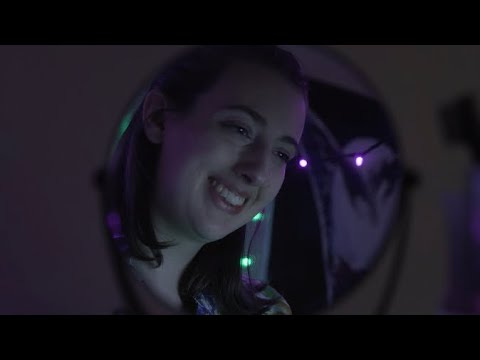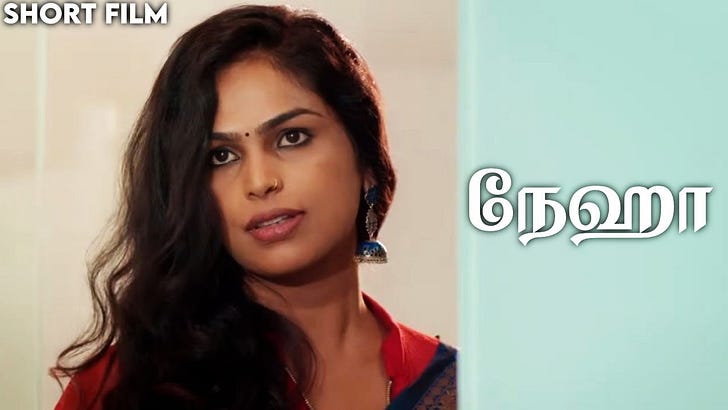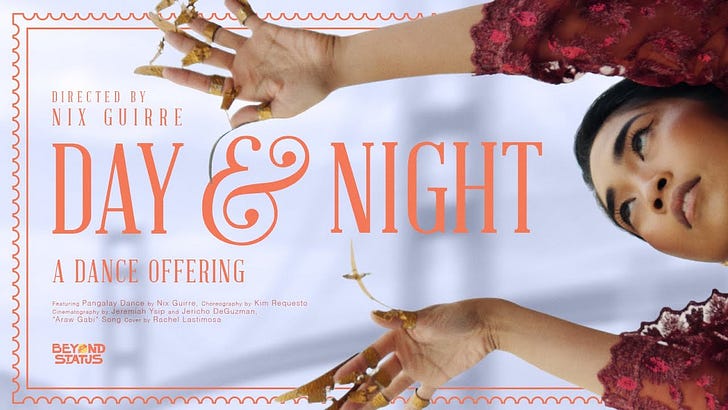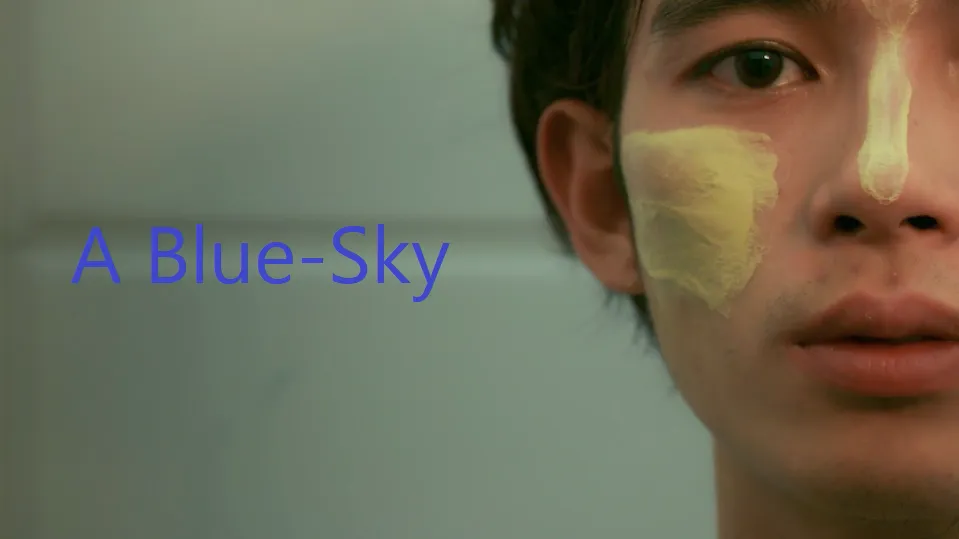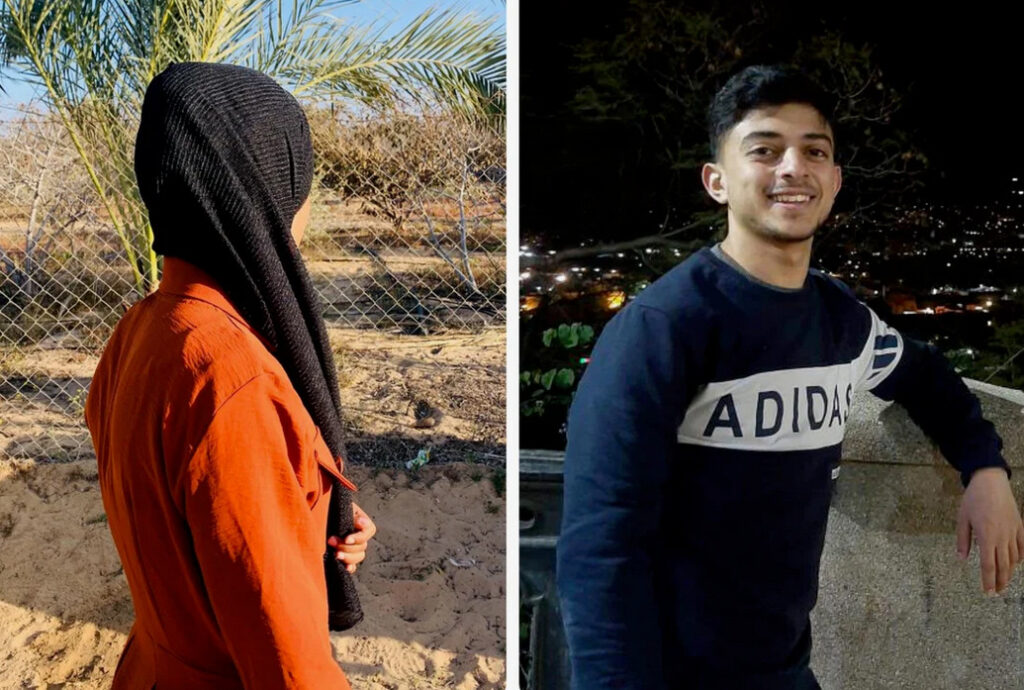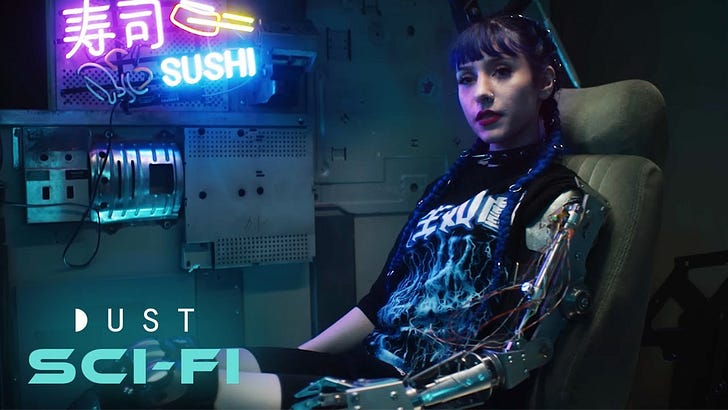Three queer short films are crossing generational divides
When I imagine growing older as a queer person – especially as a queer person who is unlikely to have kids of my own – I think a lot about what kind of community I will have, whether age and the different life circumstances that go with it will create distance between myself and younger queer folks. I didn’t grow up knowing a lot of queer people in generations before me; while there are folks I considered “mentors” in some sense, that I connected with and looked up to, I didn’t meet them until I was in early adulthood, and most were no more than fifteen years older than me. It’s something I would like to remedy in my life when it’s my turn on that end of the timeline, because I learn and grow so much myself in community, and that will absolutely be true with the newer generations of queer folks too.
This week’s films are about characters who have forged those connections across age gaps and across experiences. Whether those relationships become short-term or lifelong, seeing the differences and common places between older and younger queer folks are meaningful for our characters, and for me. I hope they will be for you too!
“Was that you in that clip?”
Contestant #4, written and directed by Celeste Lapida and Kaj Palanca, drifts along slowly and gently through its nineteen-minute runtime, but no minute feels boring or wasted. The protagonist (Joel Saracho), an older man who lives alone, receives periodic visits from a nineteen-year-old boy (Elijah Canlas, who fans of Filipino queer media may know from the hit series Gameboys); their exact relationship is never explained to us, but they have an easy camaraderie, where Canlas’s character enters the protagonist’s house freely, often bringing food and helping him with chores while teasing him about his solitary and old-fashioned lifestyle. Their connection is strengthened when Canlas’s character is able to be open with Saracho’s character about his sexuality.
I loved watching Canlas’s character look to the protagonist’s life as one that might help him understand his own, playing with his things, listening to his stories. Even a tense moment between the two that seems as if it might turn romantic or sexual felt very realistic to me, drawing on the dual excitement and confusion of being a young queer person trying to figure out your desires, and looking to older queer people as simultaneous mentors and potential objects of that desire. Ultimately their relationship seems to stay platonic but still deeply connected, grounded not only in their shared queerness but also in their care and affection for each other.
The story behind the film is also incredible: best friends Celeste Lapida (credited in the film under her deadname) and Kaj Palanca created the award-winning film when they were both sixteen years old. “Celeste had this great, interesting concept of an old man watching a dated clip of himself as a cross-dressing boy,” said Palanca in an interview with Rappler. Palanca and Lapida’s collaboration came from their shared experiences, as Lapida noted: “We were both coming of age. We went out and went places together. So, it felt right to do this film together.” For Lapida, the film also portended her exploration of her transhood and womanhood, including her entry into drag several years later, facilitated, amazingly enough, by meeting her future drag mentor at the premiere of this film.
Contestant #4
“Hey, sweetie, give this guy a kiss – maybe he’ll let us sit down.”
The Bench, created by Bo Brown, Haley DerManouelian, Rosie Katz, Freddy Ibarra, d. Shevy, and Lo Grassano, introduces us to four unnamed characters: a tech worker, a lonely butch walking her imaginary dog, an elderly woman facing eviction, and a trans woman trying to reconnect with her parents. Their disparate lives converge when the bench they all like to sit at is suddenly very popular.
The Bench invokes this week’s theme by bringing together younger and older people who don’t know each other, but find commonality in a queer space – the bench is located in Dolores Park in San Francisco’s Castro District, one of the more important and historic queer neighborhoods in the United States. But the intergenerational element is present behind-the-scenes as well: the film was made through Frameline’s Generations: Youth and Elders Workshop, which ran between 2006 and 2014, bringing together young people between the ages of 14 and 24 and elders over 55 to create films together about queer life across generational divides.
The Bench
“We may never be given the kind of love we needed back then. But we learned what kind of love we do deserve.”
Queer Parivaar, written by Shiva Raichandani and Amani Saeed, and directed by Raichandani, is one of the most joyful queer films I’ve had the pleasure of seeing. Madhav (played by Raichandani) and their fiancé Sufi (Raimu Itfum) are about to get married, surrounded by the queer community they have made for themselves, when an unexpected guest from Madhav’s past (Taru Devani) arrives, forging a connection with a lost part of Madhav’s family history that they had not known about.
I saw Queer Parivaar play last November at the 2022 Tasveer South Asian Film Festival in my hometown of Seattle, and I have not been able to get the film out of my mind ever since. Originally, I was tracking the film to see if it would be released on streaming outside of the United Kingdom since I only have three subscribers there (hi! thanks for reading!); while that has not yet happened, I decided to share this recommendation now anyway so that folks elsewhere might have a chance to look for it on the festival circuit.
As an Indian-American queer person myself – even as one who has not faced negative backlash to my queerness from my family – watching Queer Parivaar’s depiction of a queer South Asian diasporic experience still brought me to tears. The film doesn’t shy away from impacts of homophobia and transphobia, the ostracization and pain and loss that Madhav and their grandparents faced for their identities and their politics. But by placing those hardships in the characters’ pasts, we’re able to feel their grief alongside their present joy, and to bask in the expressions of love – familial, romantic, platonic – that the film centers.
“A lot of our narratives tend to revolve around sadness, trauma, violence, death, murders, and so this was a way to make room for joy, hope, celebration, and love. We also don’t talk about or see enough of elder queer south Asians living out and proud, so bringing the intergenerational aspect was important to me,” said Raichandani in an interview with HuffPost UK. Raichandani also emphasizes the specificity of the experiences the film portrays: “I hope it brings people joy, hope, and a sense of belonging. This film isn’t here to claim to be a representation of the entire LGBTQ+ community, it’s just some experiences and if people feel like they can relate to it or see themselves in it, then that’s beautiful.”
Queer Parivaar

